During the golden age of arcade games, nothing grabbed a patron’s attention faster than a space shooter. Initially used as a clever way to hide the limited color palette of early arcade cabinets, the space setting in these games eventually influenced the gameplay itself, with alien enemies and strange controls popping up everywhere. 1979’s Asteroids in particular proved extremely popular, with its 360 degrees of motion, wrap-around movement, and wave-based gameplay providing a completely new experience. Fifty years on, Loop-Loop DX modernizes the Asteroids concept, adding puzzle elements and a thumping chiptune beat to the retro shooter. Created by solo developer Alex Carpenter, this journey into the depths of an inter-dimensional prison is a refreshing take on a beloved classic.
Deep into the farthest reaches of the galaxy lies the Prisom, a maximum security jail designed for the nastiest space criminals around. A dimension-defying, light-based penitentiary is expensive to run, however, so over time the prison’s standards have become increasingly strict. Rather than capturing just the worst the galaxy had to offer, petty criminals are being arrested too. Commander Carl, who was guilty of owing 10 dollars on a parking ticket, is one such space citizen ensnared by the Prisom’s greed. Unwilling to wait out his unfair sentence, Carl decides to escape, exploring the deadly, shifting prison for a way out.
Loop-Loop DX is named for its main mechanic: using the looping edges of the screen. Early on, Carl picks up the Loop Gun, a weapon that will teleport him to a different area if he can shoot himself. Bullets fire straight ahead from the ship, so the wrap-around of the world must be used for a projectile to hit the vessel. These shots are easy to line up at first, with obvious gaps at the corners of the screen, but later levels require a bit more creative thinking, with rotating pillars or walls of lasers standing in the way.
As Carl zips around the Prisom, he will encounter the other inmates, most of whom will attack on sight. Despite its teleportation powers, Carl’s gun is initially rather weak, requiring the player to artfully dodge enemy bullets to survive. He gains an advantage with the looping edges of the level, however, as slipping back and forth over the border leaves basic enemies woefully confused. Each enemy defeated earns Carl money to spend on upgrades, improving the ship’s firing rate, health, and speed. These improvements are put to good use in the epic boss battles, which are a true test of reflexes. Be it a shower of bullets, a slowly inflating monstrosity taking up the entire screen, or a heavily armored laser machine, the boss encounters are memorable and defeating them truly feels like an achievement.
Loop-Loop DX is made up of six zones, each marked with a different color palette and gameplay style. The yellow zone has many maze-like structures to navigate, whereas the green is almost purely waves of enemies. While the levels increase smoothly in complexity, the difficulty curve is extremely bumpy, with the first two levels proving far more difficult than the fourth and fifth. This unevenness is most likely due to the upgrade system, which perhaps grants the player too much power too quickly. An upgraded shot speed is not just faster, but it also knocks back enemies, making them far easier to defeat. More health likewise takes the sting out of boss encounters, which like to throw out a trick or two near death.
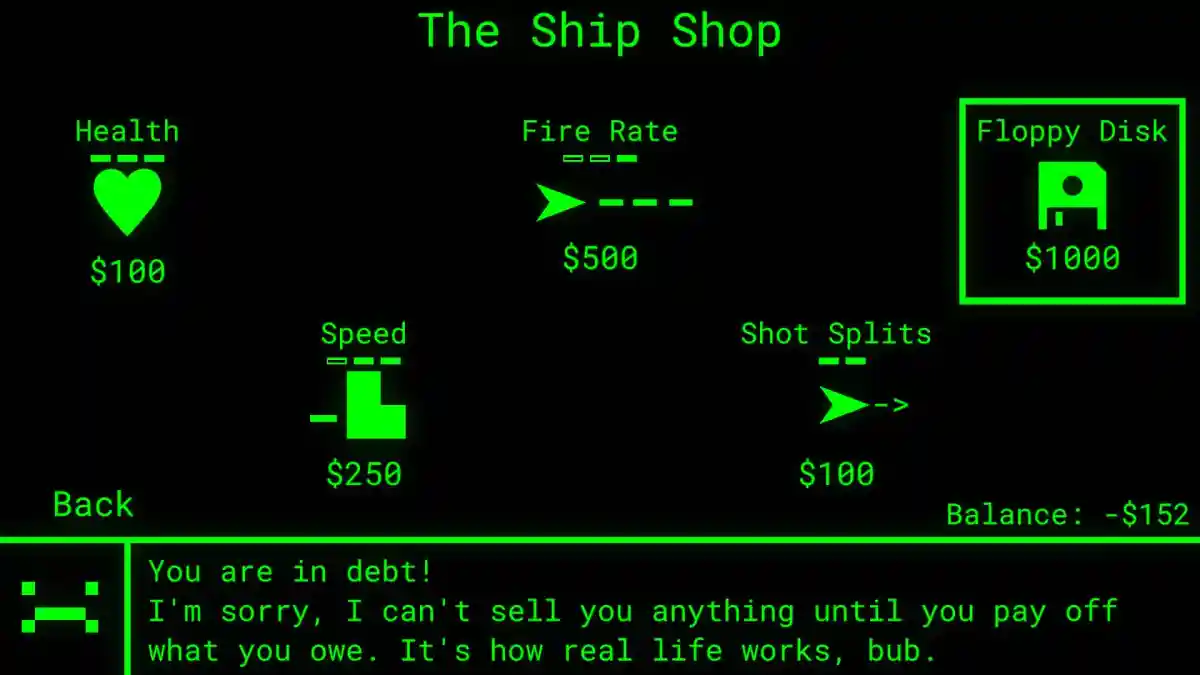
The challenge returns by the fifth level, and the sixth is extremely intense, but that dip in difficulty in the middle of the game feels odd. Upgrades can be removed at any time, so those looking for a challenge would be best served leaving the ship untouched for as long as possible.
As with most twin-stick shooters, using a controller seemed like the best choice for playing through Loop-Loop DX. However, despite claiming to have full controller support, I could not get my PlayStation 4 controller to work with the game properly. Since the game was sensing both the keyboard and the controller at the same time, the ship would shoot wherever the mouse was pointing, overriding the movement of the right stick. Thankfully the keyboard and mouse controls were super tight, but I would have liked the option to play with a gamepad.
Each section of Loop-Loop DX‘s world is just oozing in style. The color coding of the zones is matched with shifting level design and backgrounds. The blue world has currents of water pushing the ship around, and the computer-green zone displays every keystroke, a big wall of variations on WASD. An absolute banger of a soundtrack enhances the mood of each section — urgent exploration in red, more chilled-out puzzle-solving in yellow. The story, told line by line with each screen, gives strong motivations for the simple characters, and the urge to find out what happens next provides extra motivation to try again when a boss slaps you down.
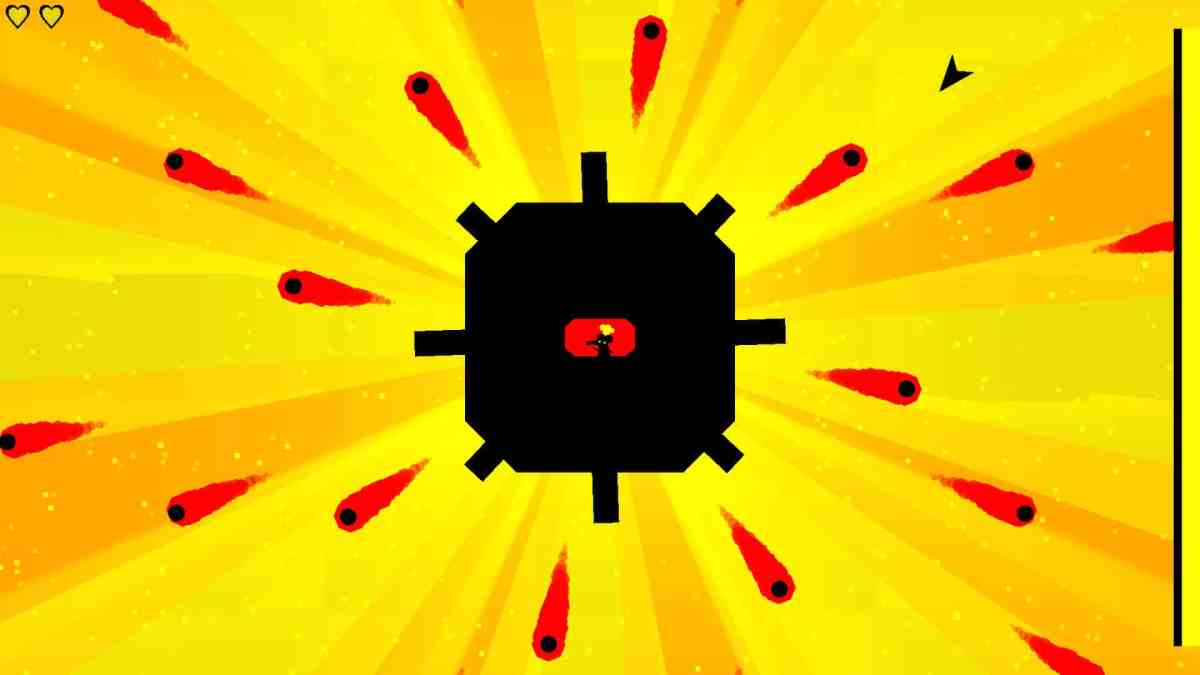
One aspect that felt a little unnecessary was Carl’s swearing upon being hit. A visual indicator of damage is important, of course, but Carl uses language that would make a sailor blush. Personally, rude words do not bother me much, but it could put some players off for very little gain. Perhaps an obscenity toggle in the options menu would be a good compromise so younger gamers can enjoy the game too.
Loop-Loop DX is such a lovely, flowing interpretation of an arcade classic. Utilizing the looping screen in so many clever ways makes an old-school technique feel new again. While the difficulty resembles more of a squiggle than a curve, the constant introduction of new ideas while still keeping gameplay simple makes for an addictive experience. If you wish to support the developer, the soundtrack for Loop-Loop DX is available for sale.
Next week we will be playing Lucid Dream, a horror point-and-click adventure. The game can be downloaded from Steam. If you wish to share your thoughts, discussions will be happening in the Discord server.

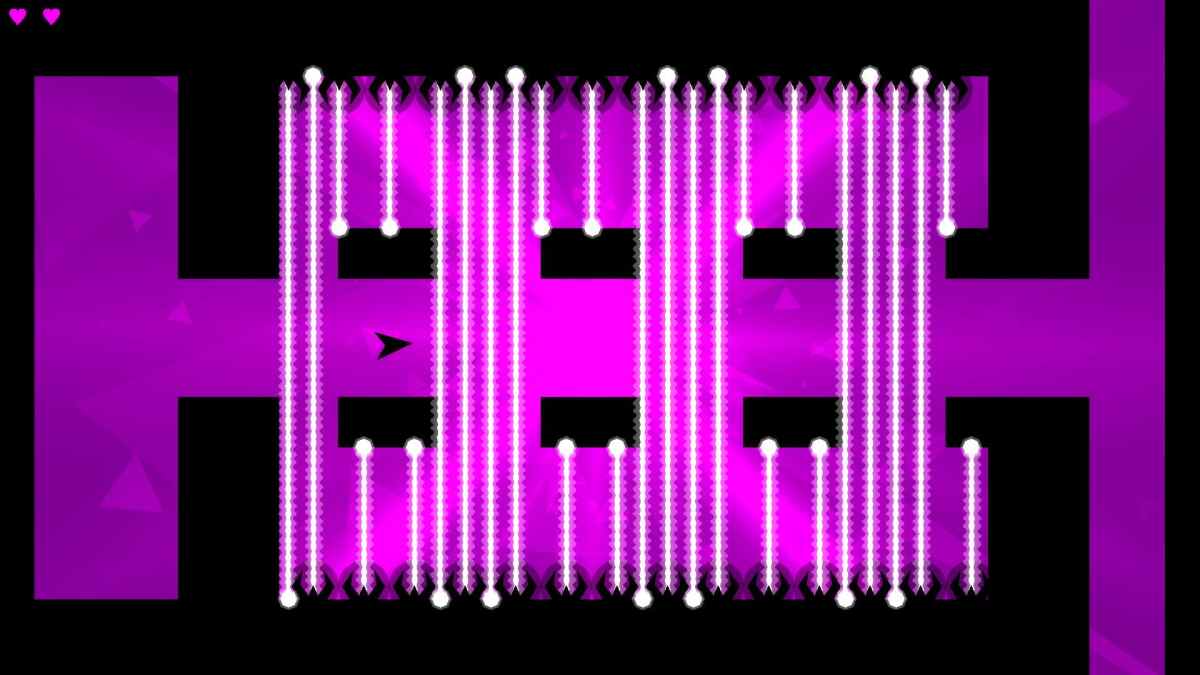








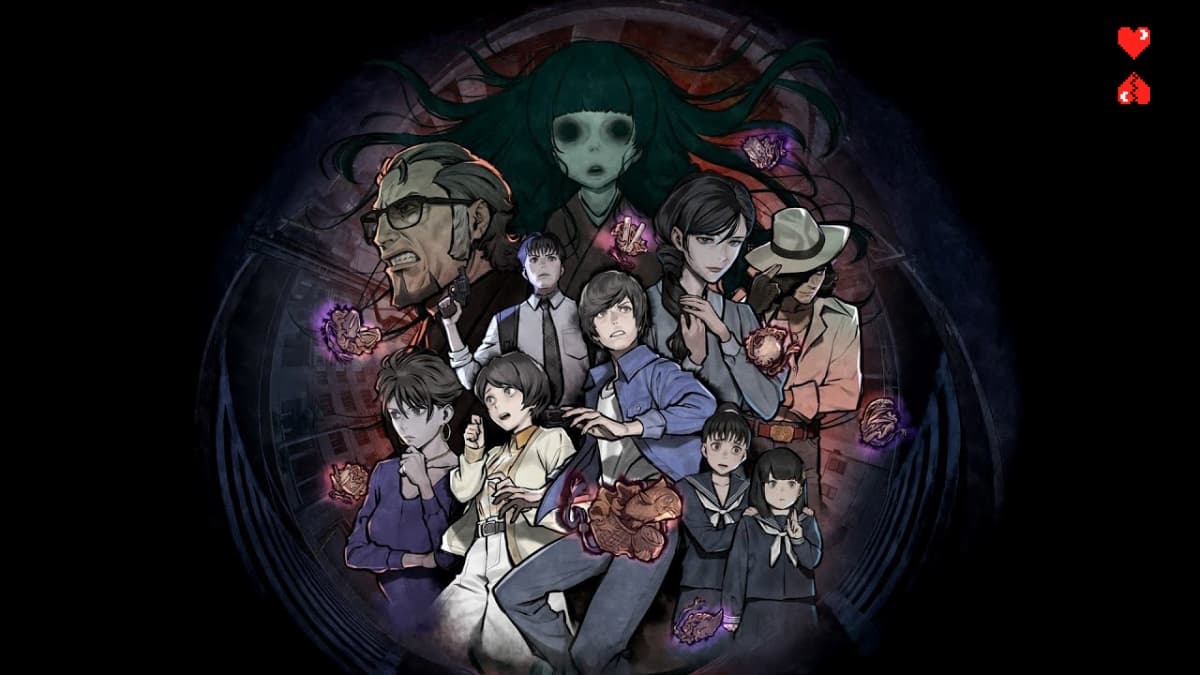
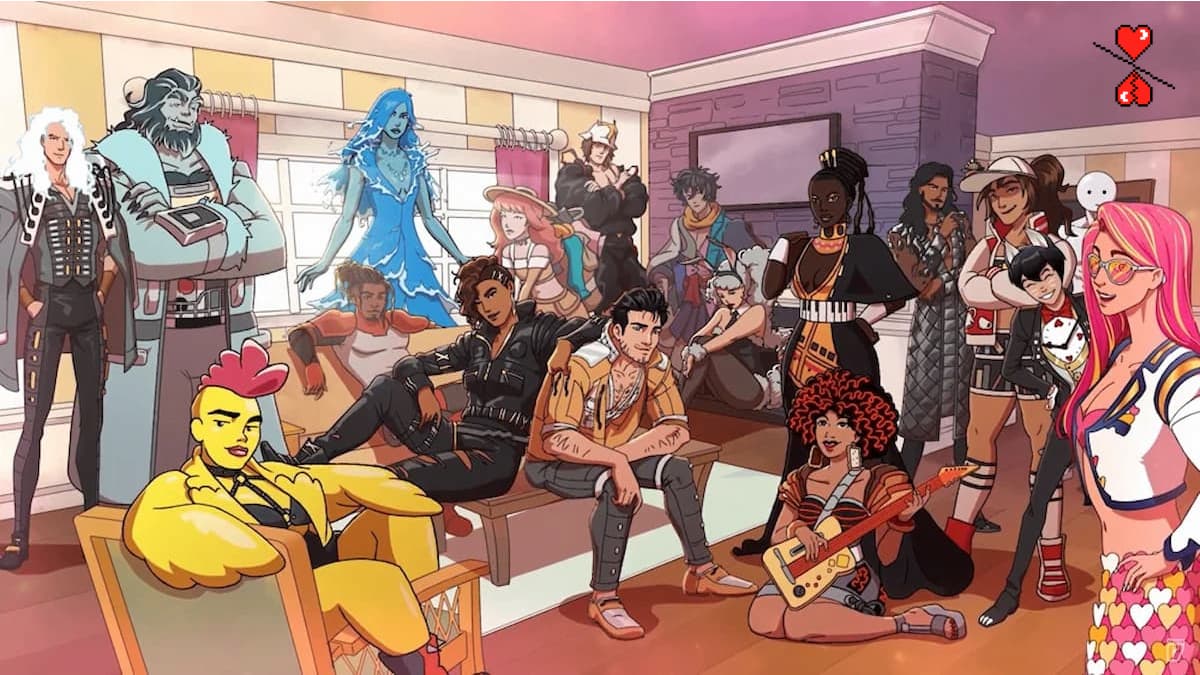


Published: May 8, 2020 6:00 PM UTC